10 Very Important Trends To Watch As We Enter 2026
Authored by Michael Snyder via TheMostImportantNews.com,
Are we on the brink of a worldwide nightmare? Many have described what we are currently experiencing as a “perfect storm”. We have been getting hit with one crisis after another as global events have greatly accelerated in recent months. But now it feels like the next chapter that we are entering is going to take things to an entirely different level.

On New Year’s Eve, something very unexpected happened at our most important landmark in the middle of the country. You will want to read all the way to the end of this article to see what I am talking about. This year is already off to a very unusual start, and I fully expect a lot more craziness in the months ahead.
The following are 10 very important trends to watch as we enter 2026…
#1 The Price Of Silver
The price of silver is telling us that there is big trouble under the surface of the global financial system. Even though there was a dramatic attempt to suppress the price of silver this week, it was still up about 140 percent in 2025.
And the difference between the price of paper silver and the prices that physical silver is going for around the world has become extremely alarming…
Silver at $130 in Japan, $106 in Kuwait, $97 in Korea, and “$71” on Western screens is not a market; it is a confession. The numbers read like a crime scene diagram: in the real world where bars change hands and coins disappear into safes, silver has quietly migrated into triple‑digit pricing, while the supposed “global benchmark” in New York and London is still stuck in a fantasyland of leveraged promises.
In Tokyo shops and Japanese bullion counters, you are not buying silver in the 70s; you are paying the equivalent of $120–130 an ounce because that is what it costs to replace inventory once you factor in tight wholesale supply, shipping, insurance, currency chaos, and the growing sense that the next shipment might not show up on time, or at all. Kuwait tells the same story in a different language: retail bars priced around $100+ an ounce are not a fat merchant’s greed; they are the market’s answer to a simple question—what will it really take to pry physical metal out of the pipeline in a world where everyone suddenly wants the same scarce asset at the same time.
#2 The Affordability Crisis
In 2025, I wrote about the affordability crisis in the United States a lot.
Sadly, at this stage approximately two-thirds of the entire U.S. population is struggling to even pay for the basics…
About 7 in 10 Americans polled by CBS News in December said they were struggling to pay for food, housing and health care, underscoring the affordability issues affecting millions of households.
#3 Israel And Iran
This is a big one.
Once Israel and Iran start fighting again, global events will go into overdrive.
Apparently a new round of airstrikes on Iran was discussed during Israeli Prime Minister Benjamin Netanyahu’s meeting with President Trump on Monday, and I am convinced that it won’t be too long before those airstrikes actually begin…
On Monday, Prime Minister Benjamin Netanyahu met with President Donald Trump at Mar-a-Lago, during which the two leaders discussed efforts by Iran to reconstitute its nuclear program following the Israeli and American airstrikes in June, and to expand its ballistic missile arsenal.
During the meeting, Netanyahu shared with Trump details regarding Israel’s planning for a possible follow-up air campaign against Iran, should Tehran continue to refuse to halt its efforts to enrich uranium.
According to a US official and two other American sources, Israel is considering airstrikes in 2026.
#4 The War In Ukraine
Russian forces are steadily moving forward on the eastern and southern fronts in Ukraine, and so the Russians will not be inclined to give the Ukrainians and our European allies what they are demanding…
- Russian President Vladimir Putin inspected a command post of the Russian Armed Forces
- Putin received reports from Chief of the General Staff Valery Gerasimov and the commanders of Russia’s Center and East groupings of forces.
- Russian commanders told Putin that their army has captured the cities of Mirnohrad, Rodynske, and Artemivka in Ukraine’s Donetsk region, as well as Huliaipole and Steponohirsk in the Zaporizhzhia region.
#5 Europe Preparing For War
Russia has made it very clear that it does not intend to attack any other European countries.
But for some reason, the Europeans are feverishly preparing for war anyway.
In fact, Germany is now requiring all 18-year-old males to complete a compulsory survey about military service…
Germany is stepping up preparations for war – starting with its teenage boys.
From this week, every German male will be legally required to answer questions from the army the moment he turns 18, as part of a sweeping new military service scheme approved amid mounting fears of a major conflict in Europe.
Tens of thousands of teenagers will be sent a compulsory 14-question survey by the Bundeswehr, asking not only how interested they are in joining the military, but how fit they are to fight and how quickly they could be ready for service.
Ignoring the form is not an option. Young men who refuse to complete the questionnaire – or repeatedly ignore follow-up demands from the army – face fines of up to €1,000 (£800), even though ministers insist the scheme falls short of full conscription.
#6 Venezuela
The Trump administration has been bombing drug boats, seizing oil tankers and threatening the regime of Venezuelan President Nicolas Maduro.
This could put the U.S. on a collision course with China.
China does not intend to stop buying oil from Venezuela. If the U.S. starts seizing Chinese oil tankers that approach Venezuela, that could cause a major international incident. According to Newsweek, there are two Chinese oil tankers that are expected to arrive in Venezuela very soon…
Chinese oil tankers are pressing ahead with Venezuela-linked voyages despite a U.S. blockade and an escalating campaign of tanker seizures.
Two Chinese-flagged VLCCs are operating near Venezuelan waters, with the Thousand Sunny due to arrive in mid-January and the Xing Ye waiting off French Guiana, according to a new report by Lloyd’s List.
Newsweek has reached out to the U.S. State Department for comment.
#7 Taiwan
The Chinese just concluded military exercises that practiced what a full-blown blockade of Taiwan would look like.
At this stage, tensions between China and Taiwan are higher “than at any point in recent years”…
As 2025 ends, tensions between China and Taiwan are higher — and more overt — than at any point in recent years, fueled by expanded U.S. military support for Taipei, increasingly bold warnings from regional allies, and Chinese military drills that look less like symbolism and more like rehearsal.
Beijing has spent the year steadily increasing pressure on Taiwan through large-scale military exercises, air and naval incursions, and pointed political messaging, while Washington and its allies have responded with sharper deterrence signals that China now openly labels as interference.
#8 Pestilences
The bird flu continues to kill millions of birds all over the globe, various strains of mpox continue to circulate, and the pestilence that erupted in 2020 is still making people sick throughout the world. Meanwhile, some U.S. states are seeing a historic spike in flu cases…
The ‘super flu’ is exploding across the US, with some states seeing more cases than ever before.
The latest CDC data for the week ending December 20 shows positive flu tests are up 53 percent compared to the week prior. Positive tests are up nearly 75 percent from this time last year.
During the week ending December 20, the number of people hospitalized surged 51 percent, and the number already in hospital has nearly doubled compared to the same period last year.
It is just a matter of time before the next great global pandemic arrives, and scientists are warning us that it could come from a multitude of potential directions…
Scientists continue to discover viruses with worrisome characteristics (Chen et al. 2025). Some experts worry about the potential for a leak from pathogen research labs (Palacios, Garcia-Sastre, and Relman 2025), or AI’s ability, in the wrong hands, to help with the creation of a bioweapon (Tjandra 2025). Out in the open, H5N1 avian influenza continues to spread and infect a wide range of animal species—the virus perhaps just a mutation away from becoming a human threat (Lin et al. 2024). Another pathogen, most likely an influenza or another coronavirus is waiting to break out.
#9 Seismic Activity Along The Pacific Ring Of Fire
Seismic activity along the Pacific Ring of Fire increased dramatically in 2025.
And as we enter 2026, the state of California is being shaken by significant earthquakes on an almost daily basis.
In fact, we just witnessed a magnitude 4.9 quake that really shook a lot of people up…
A magnitude 4.9 earthquake was recorded near the town of Susanville in Lassen County on Tuesday, according to the U.S. Geological Survey. The quake was centered around nine miles northwest of Susanville at 9:49 p.m. It was downgraded from an initial magnitude of 5.3.
#10 The Greatest Global Food Crisis In Modern History
We are in the midst of the greatest global food crisis in modern history.
But don’t just take my word for it.
The following comes from the official website of the UN’s World Food program…
Yes. Right now, there is a global food crisis – the largest one in modern history. Since the United Nations World Food Program’s (WFP) creation in 1963, never has hunger reached such devastating highs. From the eruption of new conflicts and the escalating impacts of the climate crisis to soaring food and fuel costs, millions of people are being driven closer to starvation each day.
Nearly 350 million people around the world are experiencing the most extreme forms of hunger right now. Of those, nearly 49 million people are on the brink of famine. Behind these massive statistics are individual children, women and men suffering from the dire effects of such severe hunger. Malnourished mothers give birth to malnourished babies, passing hunger from one generation to the next. Children’s physical and cognitive growth is stunted. Farmers are unable to grow enough food to provide for their families and communities. Entire towns are forced to leave their homes in search of food.
We really are living in apocalyptic times.
Sadly, many in the western world don’t seem to understand this since we don’t have war or famine on our own soil.
But for those that are watching carefully, it is exceedingly clear that we have arrived at a truly unique chapter in human history.
So many incredibly strange things are occurring all around us.
On New Year’s Eve, a green meteor dramatically flew past the most important landmark in the center of the United States…
A shimmering meteor was spotted cutting across the sky over the famed Gateway Arch in Missouri hours before revelers rushed to a New Year’s Eve celebration at the monument’s base.
“HEY LOOK, it’s… A meteor saying hi to the Gateway Arch on New Year’s Eve!” The St. Louis Gateway Arch’s X account wrote in a post shared with the breathtaking video.
In the six-second clip, a small white speck appears over one end of the arch. It grows into a green blaze that pulses once before disappearing back into the dark obscurity provided by the predawn sky — right as it reaches the arch’s peak.
The viral video was captured on an Earth Cam situated at Malcolm Martin Memorial Park in east St. Louis. The camera is angled directly towards the city’s skyline all day, every day.
That is something that you don’t see every day.
Of course so many weird things have been happening in the heavens over the last couple of years, and most of the population simply doesn’t care.
Most of us have an unbreakable addiction to entertainment at this point, and getting people to focus on anything other than entertainment is becoming exceedingly difficult.
Most people are just going to continue to stare at their screens as the world falls apart all around them, and that is extremely unfortunate.
Michael’s new book entitled “10 Prophetic Events That Are Coming Next” is available in paperback and for the Kindle on Amazon.com, and you can subscribe to his Substack newsletter at michaeltsnyder.substack.com.
Tyler Durden
Fri, 01/02/2026 - 12:20

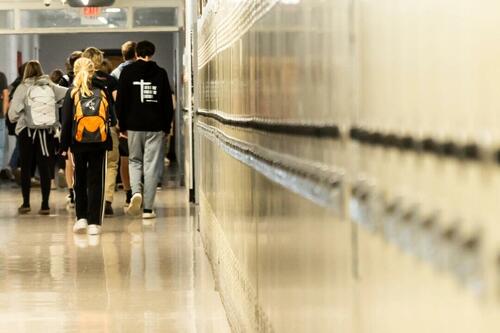
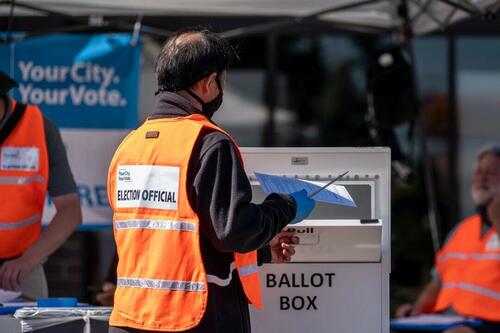
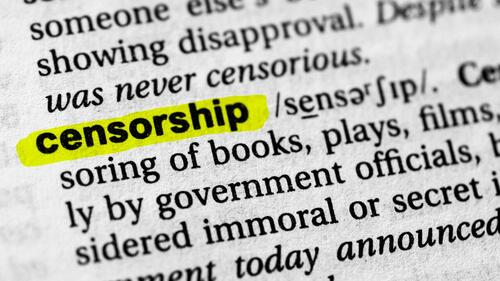
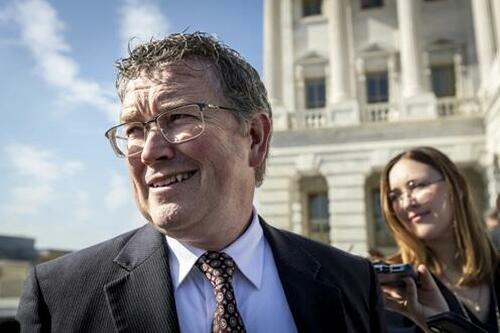 Massie and Trump have frequently clashed over the past year. File image
Massie and Trump have frequently clashed over the past year. File image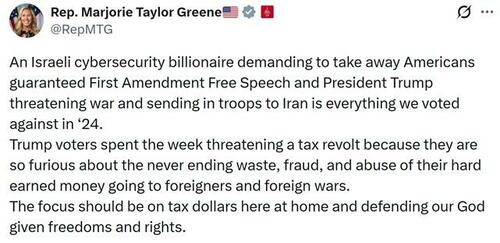
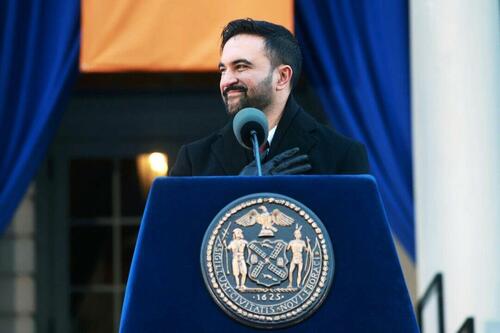 New York Mayor Zohran Mamdani speaks after he was ceremonially sworn in as New York City’s 112th mayor at City Hall by Sen. Bernie Sanders (I-Vt.) in New York City on Jan. 1, 2026. Spencer Platt/Getty Images
New York Mayor Zohran Mamdani speaks after he was ceremonially sworn in as New York City’s 112th mayor at City Hall by Sen. Bernie Sanders (I-Vt.) in New York City on Jan. 1, 2026. Spencer Platt/Getty Images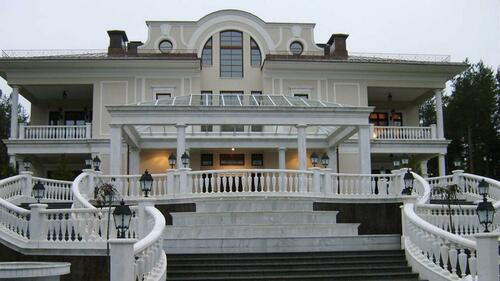 Putin's residence at Valdai. Source: navalny.com
Putin's residence at Valdai. Source: navalny.com



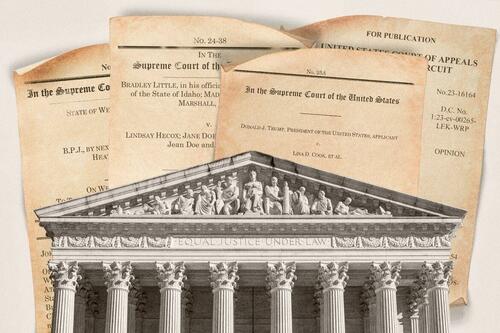
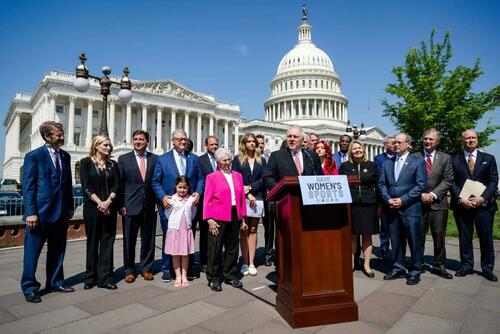
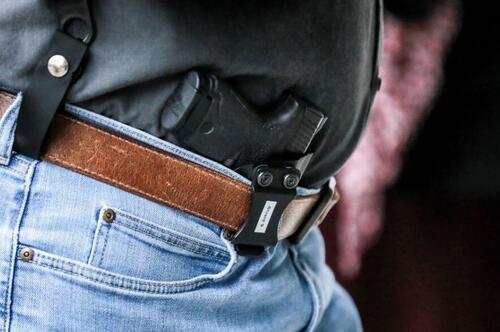

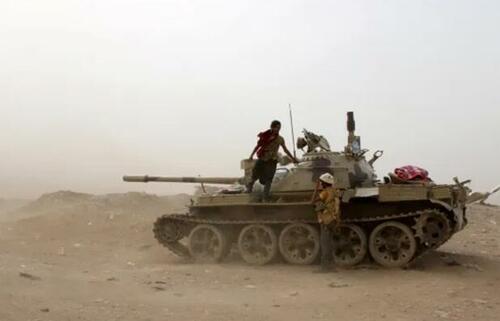 UAE-backed southern Yemeni separatist forces, via Reuters.
UAE-backed southern Yemeni separatist forces, via Reuters.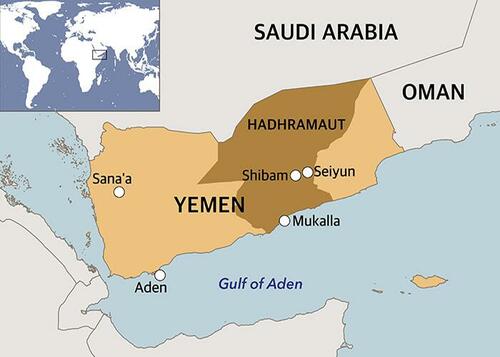 Map source: American Foreign Service Association
Map source: American Foreign Service Association









Recent comments